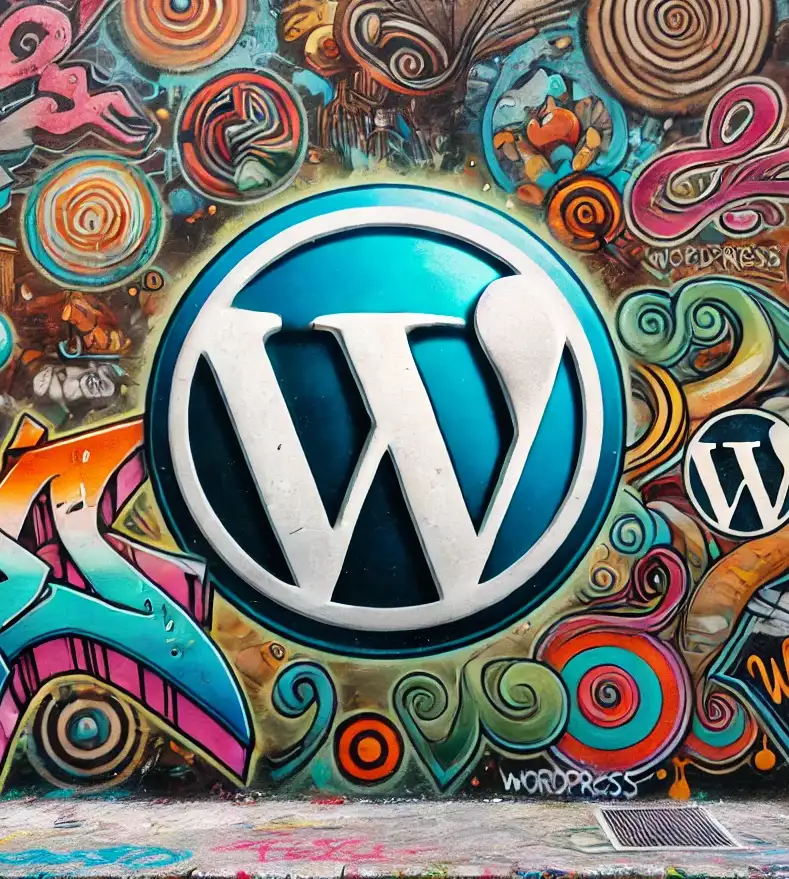The Importance of Keeping Your WordPress Website Up-to-Date and Secure

Introduction
WordPress is one of the most popular content management systems (CMS) in the world, powering over 40% of all websites on the internet. Its flexibility, ease of use, and vast ecosystem of plugins and themes make it the go-to choice for businesses, bloggers, and organizations. However, as with any widely used platform, WordPress websites are often targeted by hackers and malicious attacks. Keeping your WordPress website updated and secure is essential to ensure its smooth functioning, protect sensitive data, and provide a seamless user experience.
Why Updating Your WordPress Website is Essential
- Security Vulnerabilities
One of the primary reasons to keep WordPress up to date is security. The WordPress core team regularly releases updates that fix known vulnerabilities and enhance security measures. Hackers are constantly looking for exploits in outdated software, and failing to update your WordPress core, themes, and plugins can leave your website open to attacks such as malware infections, data breaches, and phishing scams.
- Bug Fixes and Performance Improvements
Every software has bugs, and WordPress is no exception. Regular updates include bug fixes that improve the stability and functionality of your website. Additionally, updates often come with performance enhancements that make your website run more efficiently, improving page load speeds and user experience.
- Compatibility with Plugins and Themes
WordPress websites rely heavily on plugins and themes to enhance functionality and design. Developers frequently update their products to align with the latest WordPress version. Running an outdated WordPress version can lead to compatibility issues, causing plugins or themes to malfunction or even break your website.
Best Practices for Keeping Your WordPress Website Secure
While updating your website is a crucial step, maintaining security involves additional measures. Here are some essential best practices:
- Regular Backups
Before performing any updates, always create a full backup of your website. Backups ensure that you can quickly restore your site in case something goes wrong during the update process. Use reliable backup plugins like UpdraftPlus, BackupBuddy, or Jetpack for automated backups.
- Use Strong Passwords and Two-Factor Authentication (2FA)
Weak passwords are a common entry point for hackers. Use strong, unique passwords for your WordPress admin, database, and hosting account. Additionally, enable two-factor authentication (2FA) to add an extra layer of security.
- Limit Login Attempts
Brute force attacks are a common hacking method where attackers try multiple username-password combinations to gain access. Limiting login attempts using plugins like Limit Login Attempts Reloaded or Wordfence can help prevent unauthorized access.
- Install a Security Plugin
Security plugins like Wordfence, Sucuri, or iThemes Security can monitor your site for suspicious activities, malware, and vulnerabilities. These tools provide firewall protection, login security, and regular security scans.
- Remove Unused Plugins and Themes
Outdated and unused plugins or themes can be potential security risks. Delete any plugins or themes that are no longer in use to reduce vulnerabilities.
- Use SSL Encryption
Secure Sockets Layer (SSL) encryption is essential for securing data transmitted between users and your website. Having an SSL certificate not only protects sensitive information but also improves SEO rankings and builds trust with visitors.
The Consequences of Ignoring Updates and Security
Failing to update and secure your WordPress website can have severe consequences, including:
- Hacked Website – An outdated website is an easy target for hackers, potentially leading to defacement, data breaches, or total website loss.
- Loss of Customer Trust – A compromised website can damage your reputation and lead to a loss of customer trust, resulting in decreased traffic and sales.
- SEO Penalties – Search engines like Google penalize hacked websites, leading to lower rankings or even removal from search results.
- Legal and Compliance Issues – If your website collects user data, a security breach could lead to non-compliance with regulations such as GDPR, which may result in legal consequences and hefty fines.
Conclusion
Keeping your WordPress website up to date and secure is not just a best practice—it’s a necessity. Regular updates ensure security, optimal performance, and compatibility with plugins and themes. By implementing strong security measures such as regular backups, strong passwords, security plugins, and SSL encryption, you can significantly reduce the risk of cyber threats. Investing time and effort in website maintenance today can prevent costly issues and ensure a seamless experience for your visitors in the long run. Prioritize website security, and your online presence will remain strong and resilient against evolving threats.





